
In the quest for flawless skin, pigmentation issues like freckles, melasma, and age spots often prompt the use of advanced laser treatments. The primary contenders in this arena are the Q-Switched Nd: YAG Laser and the Pico Laser, each boasting unique capabilities. Let's delve into the intricacies of these lasers and decipher which one reigns supreme in the realm of pigmentation removal.
Before choosing a laser, it's crucial to grasp the types of pigmentation one might encounter:
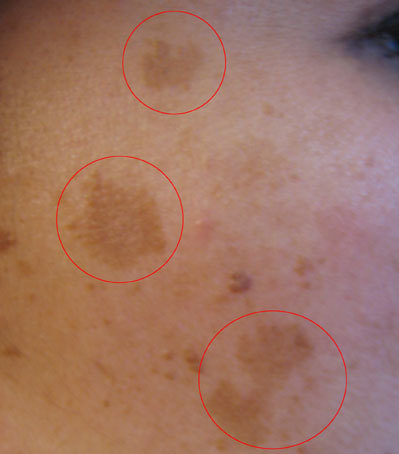 Melasma: Grey patches on the face, prevalent in women due to hormonal changes.
Melasma: Grey patches on the face, prevalent in women due to hormonal changes.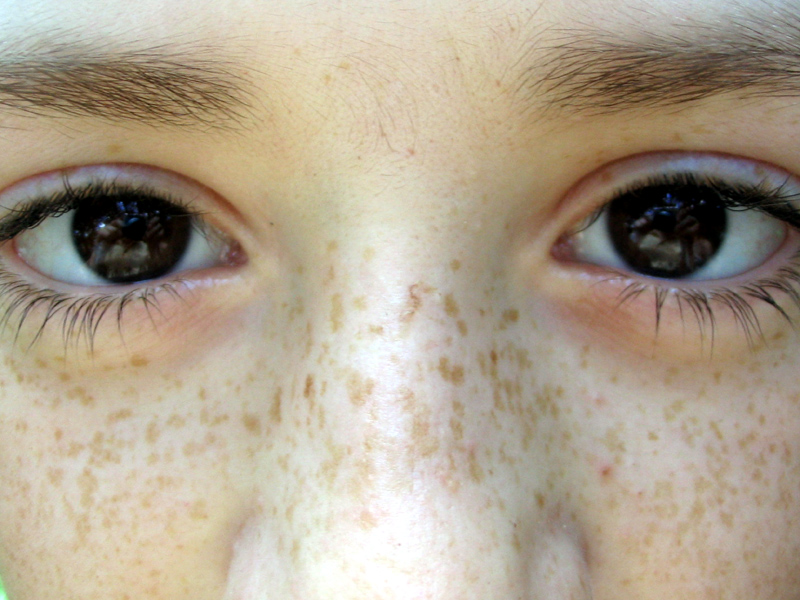 Freckles: Genetic spots triggered by UV radiation, commonly found in fair-skinned individuals.
Freckles: Genetic spots triggered by UV radiation, commonly found in fair-skinned individuals.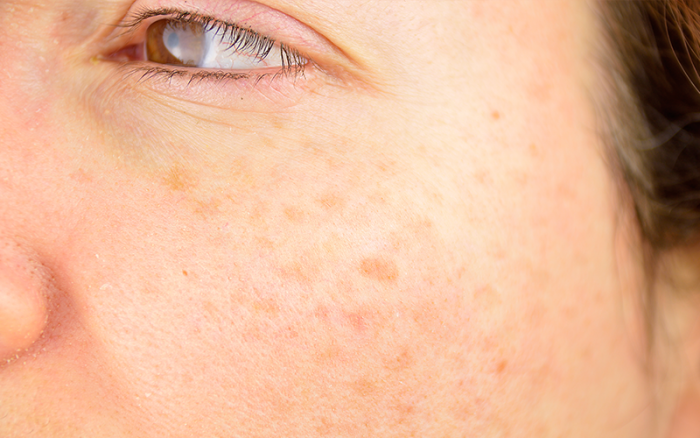 Sunspots: Brown spots resulting from prolonged sun exposure, also known as age spots.
Sunspots: Brown spots resulting from prolonged sun exposure, also known as age spots.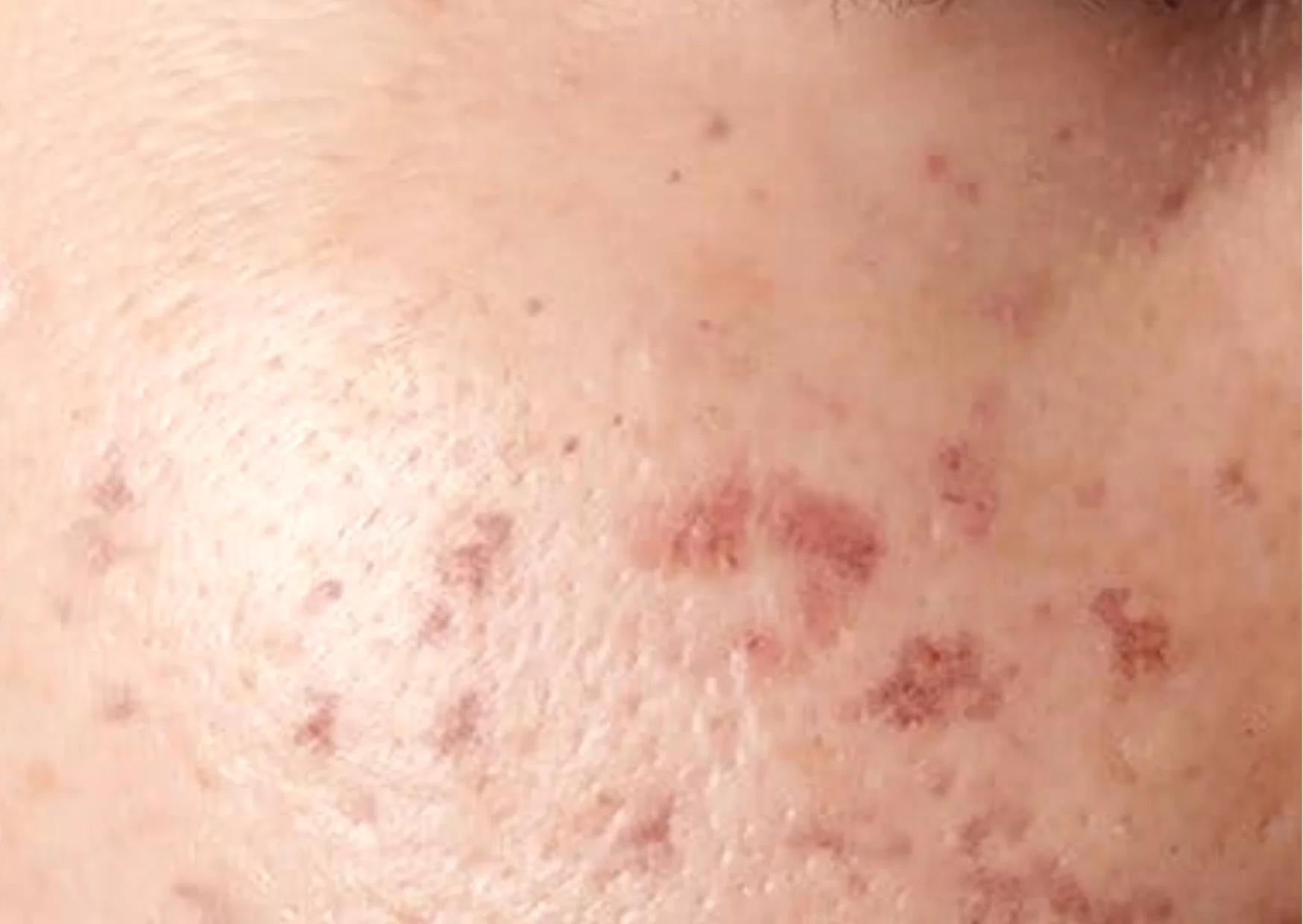 Post-Inflammatory Hyperpigmentation (PIH): Discoloration caused by skin injury or inflammation.
Post-Inflammatory Hyperpigmentation (PIH): Discoloration caused by skin injury or inflammation.
Both Q-Switched and Pico lasers operate on the principle of penetrating the skin's deeper layers to target excess melanin pigmentation. This process involves focusing photo-acoustic and thermal energy on melanin, breaking it down into smaller particles eliminable by the body's natural lymphatic system. Additionally, the thermal energy aids collagen production, rejuvenating skin tissues.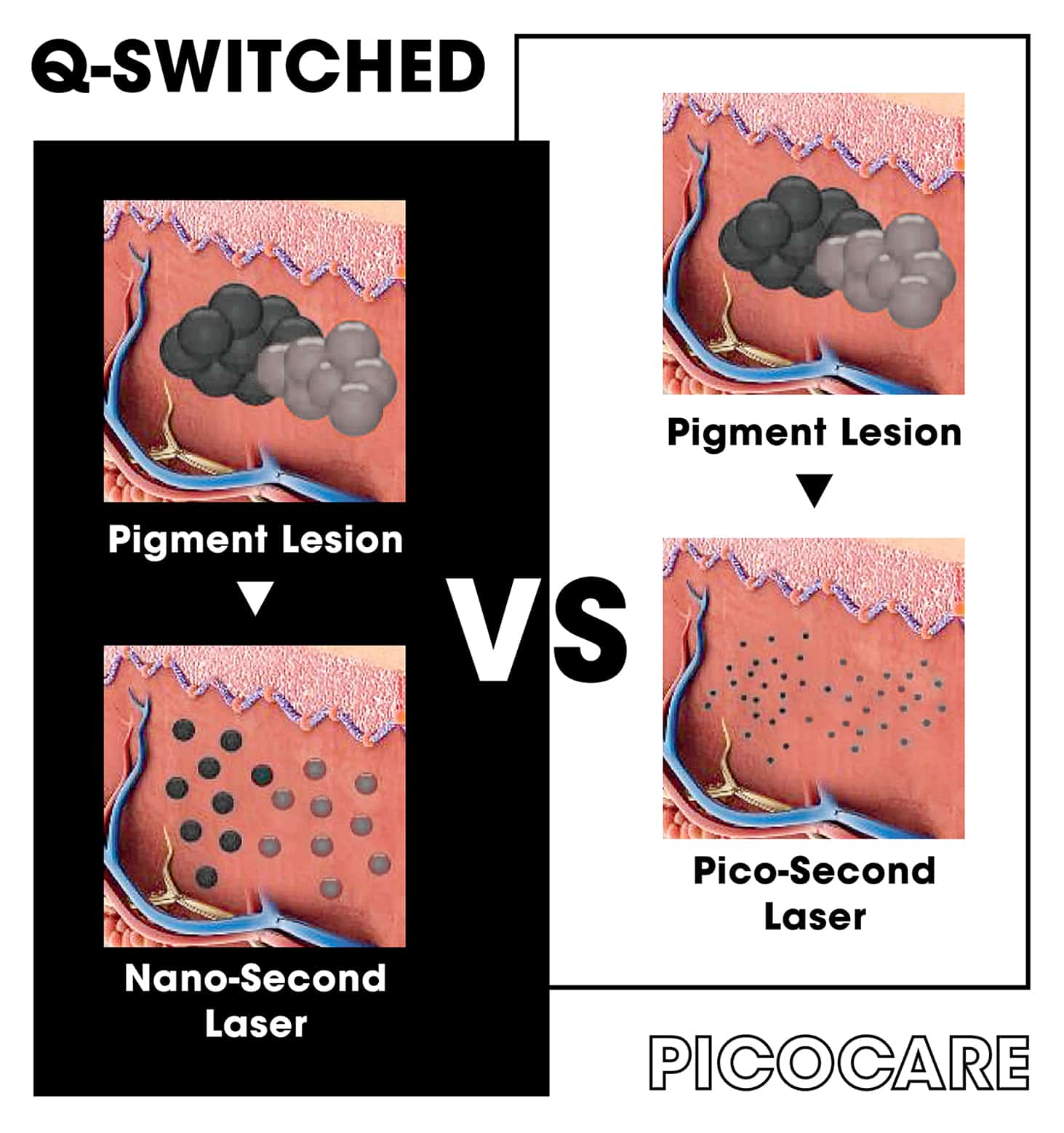
The Q-Switched Laser, or nanosecond Nd YAG laser, emits ultra-short pulses lasting a billionth of a second. This laser effectively targets melanosomes in dermal melanocytes, causing rapid expansion and fragmentation into minuscule particles. It has proven effective for various skin conditions, including melasma, wrinkles, acne, and tattoo removal.
Pico lasers boast an even shorter pulse duration, a trillionth of a second, delivering intense energy with a pulse rate 100 times shorter than nanosecond lasers. With wavelengths like 532nm, 755nm, and 1064nm, Pico lasers target damaged melanocytes at different skin depths. This reduces thermal energy on the skin, minimizing the risk of hyperpigmentation.
Studies have yielded differing opinions on the superiority of Pico over nanosecond lasers. While some found picosecond lasers more efficient for tattoo removal, others showed negligible differences in effectiveness. Both are safe and effective for pigmentation removal, emphasizing the importance of evaluating individual skin conditions before choosing a laser.
The table below highlights the differences between Q-Switched and Pico lasers in China. However, it's crucial to note that these lasers aren't the sole solution. Combinations of lasers, such as Picosecond 755nm Alexandrite, yellow 577nm, and Erbium: YAG 2940nm, can efficiently treat hyperpigmentation by targeting different skin depths.
| Pico Laser | Q-Switched Laser | |
| Pulse rate | Emits pulses in picoseconds (10-12, pulse duration 100 times shorter than Q-Switched laser). | Emits pulses in nanoseconds (10-9 seconds). |
| Results | As the Pico laser breaks down melanin into finer particles, it shows results more quickly on stubborn pigments. | The Q-switched laser is capable of breaking down melanin well, though not as fine as the Pico laser, so it may take longer to achieve results when treating stubborn pigments. |
| Effectiveness | Skin pigmentation can be treated in fewer sessions. | Stubborn skin pigments will require more sessions. |
| Safety | Less risk of tissue damage and therefore safer. | Compared to Pico lasers, Q-switched laser pulses are on the skin for a longer period, causing heat, which may result in tissue damage. |
In the realm of lasers, there's no one-size-fits-all solution. Different lasers suit different skin conditions, emphasizing the need for a tailored approach. Aesthetic clinics armed with diverse laser types and skilled practitioners can offer personalized treatments for efficient pigmentation resolution.
As technology advances, lasers remain a beacon of hope for those battling pigmentation disorders. However, it's crucial to understand that each laser type has specific properties, making it suitable for particular skin conditions. Rather than chasing trends, seeking a clinic with a variety of lasers and experienced practitioners ensures a comprehensive and effective approach to pigmentation concerns.
For a personalized assessment and optimal results, consult with an aesthetic practitioner or explore our range of lasers at SEA HEART GROUP.
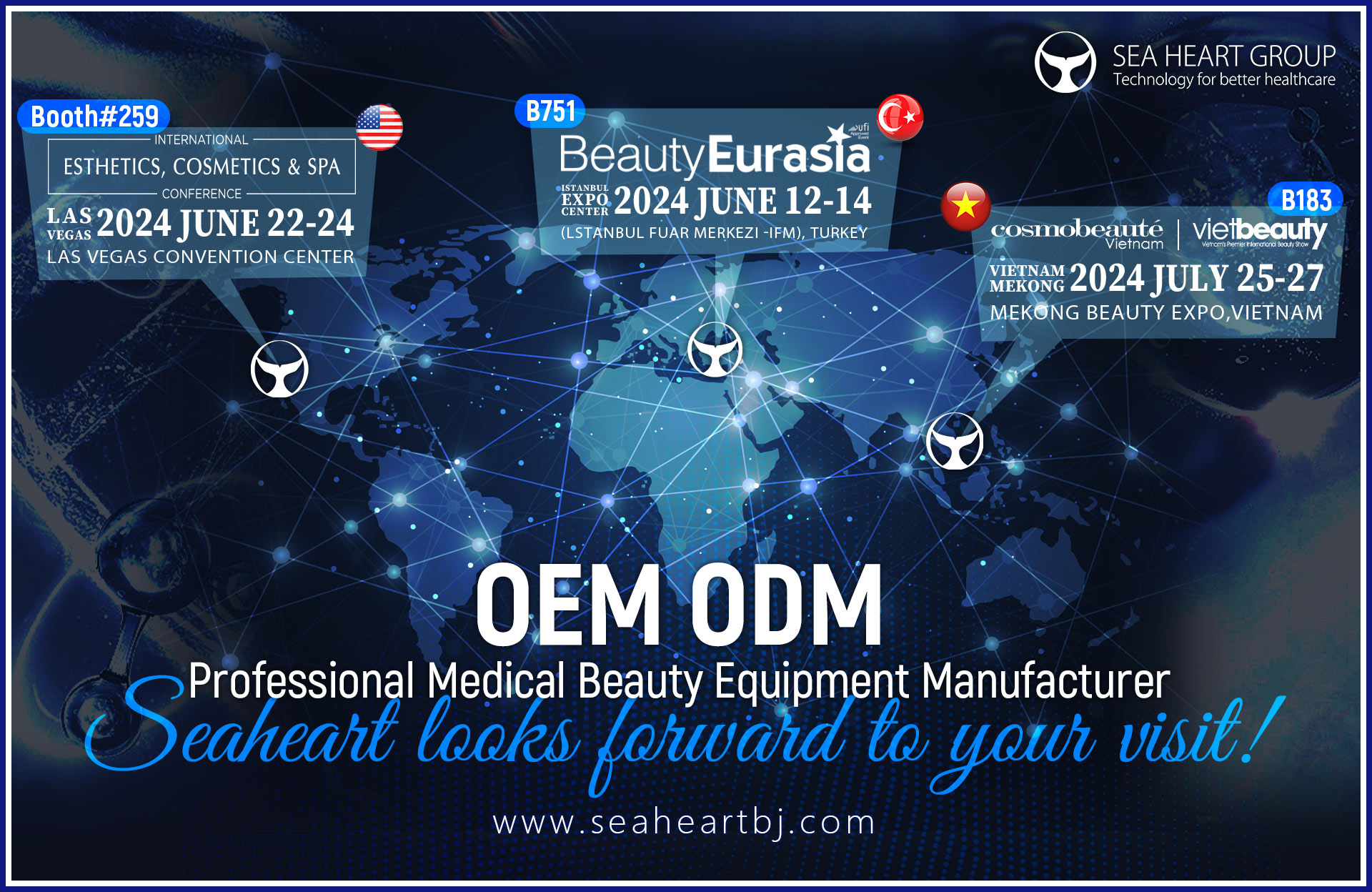 Join SEA HEART GROUP at National Beauty Exhibitions 2024: IECSC, BeautyEurasia, Vietbeauty Cosmobeaute Vietnam
Join SEA HEART GROUP at National Beauty Exhibitions 2024: IECSC, BeautyEurasia, Vietbeauty Cosmobeaute Vietnam
 Do You Really Know Permanent Hair Removal?
Do You Really Know Permanent Hair Removal?
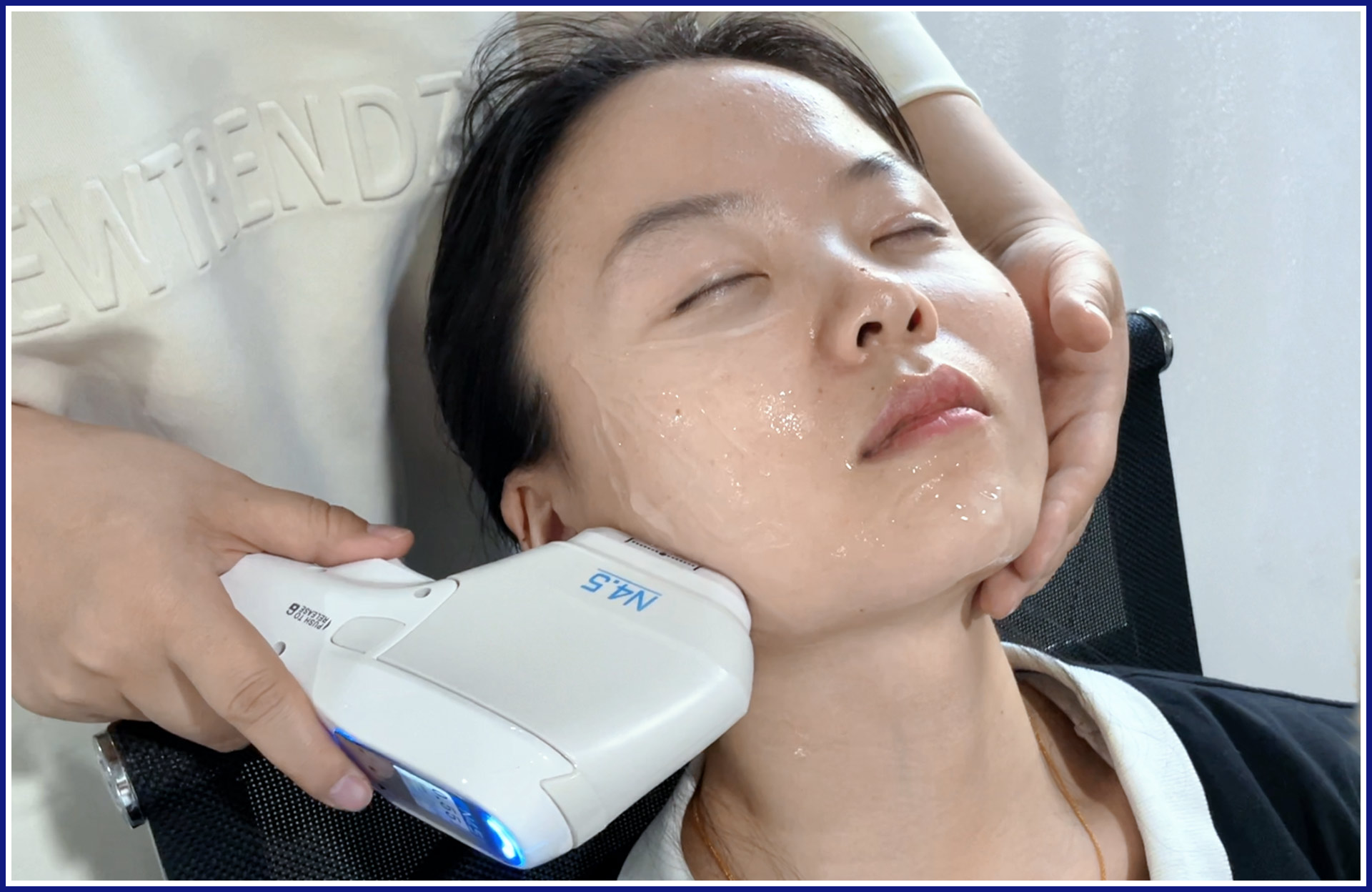 Mastering HIFU: Step-by-Step Operating Guide and Real-Life Demonstrations
Mastering HIFU: Step-by-Step Operating Guide and Real-Life Demonstrations
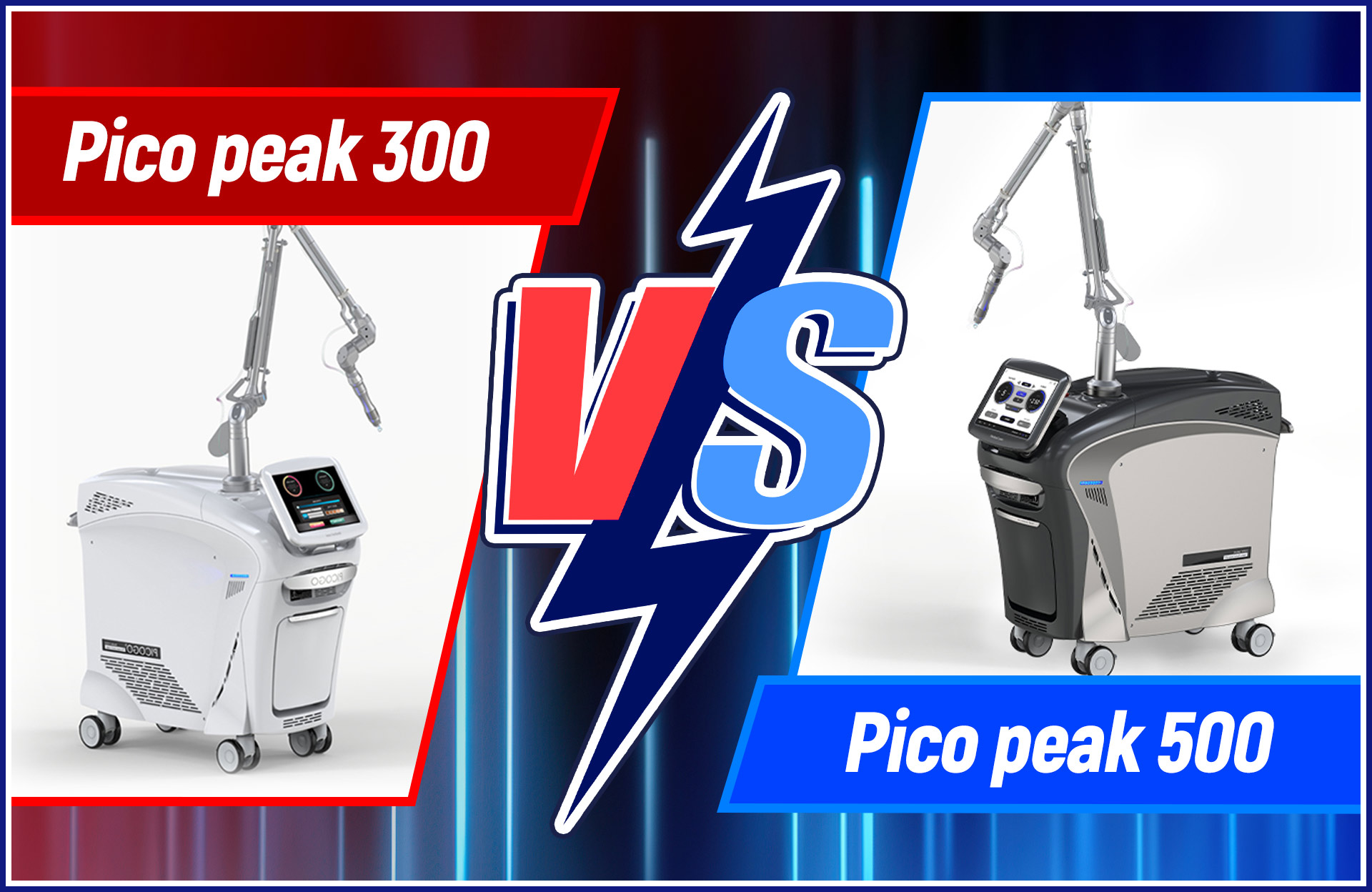 Understanding the Differences Between Picospeak 300 and 500 in One Article
Understanding the Differences Between Picospeak 300 and 500 in One Article